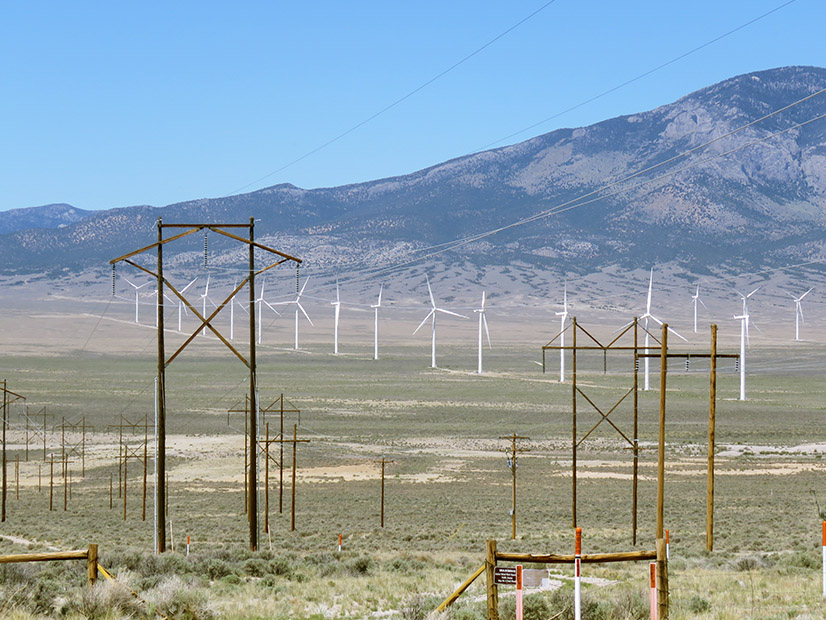The U.S. Department of Energy Thursday proposed revisions to its regulations under the National Environmental Policy Act that would expand the scope of “categorical exclusions” for transmission and clean energy.
The exclusions would apply to projects that are shown to not have a significant environmental effect. It would create a new exclusion for energy storage projects within previously disturbed or developed areas, while changing exclusions for solar energy and transmission.
DOE reasoned that upgrading lines can prevent the construction of new ones, with the Notice of Proposed Rulemaking (NOPR) highlighting reconductoring as a means of capacity expansion, which can increase the amount of renewable energy on the grid.
“Improvements to capacity and efficiency can help to ensure reliability, reduce costs to consumers and reduce [greenhouse gas] emissions associated with electricity generation, transmission and distribution,” said the notice in the Federal Register.
Rebuilding transmission lines is currently exempted, but only up to 20 miles. The proposal would remove that mile limit. The department reasoned that the environmental impact of a line is not related to its length.
It also would expand the exclusion for relocating segments of a line to existing rights of way or previously disturbed or developed lands. Regulations currently include language limiting relocation exemptions to “minor” relocations of small segments; the proposal would remove the word “minor.”
The storage exemption applies to electrochemical batteries and flywheels within previously disturbed or developed areas, or within small sites near such areas.
The current categorical exclusion for solar is limited to projects of 10 acres or below, but DOE said acreage is not a reliable indicator of environmental impact and would remove that limit in the proposal. Projects larger than 1,000 acres on previously disturbed or developed land have not had significant environmental impacts, it said.
DOE expects that the new exclusions will save it money and time, while improving the reliability and resilience of the electric grid. Expanded electricity generation that helps to reduce greenhouse gas emissions is another benefit.
The department is taking comments on the proposal through Jan. 2.
Speaking after FERC’s open meeting Thursday, Chair Willie Phillips said that the proposal would have more impact on DOE’s transmission siting authority. The commission has its own pending NOPR implementing its backstop siting authority granted by the Infrastructure Investment and Jobs Act. (See FERC Backstop Siting Authority Runs into Opposition from States.)
DOE’s proposal was welcomed by American Council on Renewable Energy President Gregory Wetstone in a statement.
“A dramatic increase in renewable energy and transmission infrastructure is needed to enhance reliability, lower energy costs and maximize the benefits of the Inflation Reduction Act,” Wetstone said. “A key barrier is the often lengthy siting and permitting process. ACORE supports the use of categorical exclusions for projects that will produce a cleaner grid and not adversely impact the environment. This mechanism improves siting and permitting while maintaining NEPA’s core environmental provisions.”


